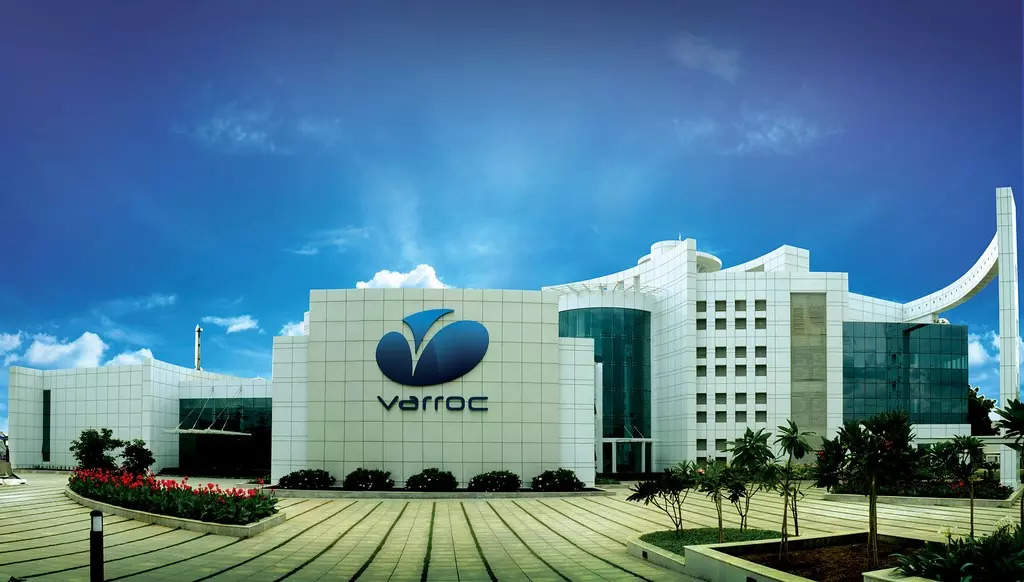
New Delhi: Tier-1 auto components manufacturer Varroc Engineering has planned a capital expenditure of INR 600 crore till next financial year to fund capacity and electric vehicle portfolio expansion, Tarang Jain, Chairman and Managing Director, Varroc Engineering said.
“For the next couple of years, I would say for the continued operations, we would look to invest about INR 300 crore each year to kind of have this kind of growth which we are aspiring for, which is at least about 8% to 10% more than the market growth, Jain said on a call.
The Aurangabad-based company is in discussions with major customers for sale of electrical motors, traction motors and controllers, telematics, lighting, catalytic converter and polymer products. The company management also informed that the government has approved its application for the Production-Linked Incentive (PLI) and Varroc will be investing around INR 280 crore over five years under the scheme.
On the electric vehicle business front the company has won new business with revenues of over INR 1,050 crore in the last financial year. “So this is between four different OEMs, both engine related orders as well as non-engine related components, so combination of that. That will continue to be our focus area to the new business in this segment in future,” Jain said.
At present, domestic business contributes around 80% of the overall revenue and the remaining comes from outside operations. The company largely caters to two-wheelers and four-wheeler segments which hold 70% and 30% of the overall sales. Among the customers, Bajaj Auto, one of India’s leading motorcycle and three-wheeler manufacturers, accounts for around 42% of Varroc’s total revenue followed by Honda (6.2%) and Royal Enfield (3.4%).
However, in the next 3-5 years the company sees Bajaj Auto share coming down to about 33% as it is focussing on the four-wheeler segment and winning customers for EV products in a bigger way.
“Bajaj is a significant customer for us even on the EV side but we are also expanding our four-wheeler business segment where we are seeing a lot of traction in terms of revenue growth. The four-wheeler segment is an important vertical for us as it has a better margin profile overall compared to two wheelers components. So, in the next three to five years, I think probably Bajaj should be one-third and non-Bajaj should be two-thirds,” Jain added.
In April, the auto component maker sold its four-wheeler lighting business to France’s Compagnie Plastic Omnium for EURO 600 million. “The Euro 600 million transaction will see Varroc divesting its lighting System operations in the USA, Brazil, Mexico, Poland, Czech Republic, Germany, Turkey, and Morocco,” the company said in an exchange filing.
The company management is expecting the deal will close by September as that much time is required for completion of legal proceedings for such change in hands in Europe.
For the financial year ended March 2022, company’s net loss increased to INR 1,106.73 crore as against a net loss of INR 628.64 crore in FY21 majorly due to dismal two-wheeler demand.
Notably, the overall production for two-wheelers in India in FY22 fell by 3.5% despite the lower base of last year due to weak rural demand and higher cost of ownership.
Its EBITDA margin for FY22 also came down to 6.1% as against 7.7% in FY21 for the continued operations on account of higher commodity prices, forex losses on intercompany loans, and lower operating utilization in some of the geographies.
Meanwhile, Varroc Engineering’s revenue from operations during the full fiscal 2021-22 was recorded at INR 5,844.20 crore as compared to INR 4,373.90 crore clocked in FY21.















